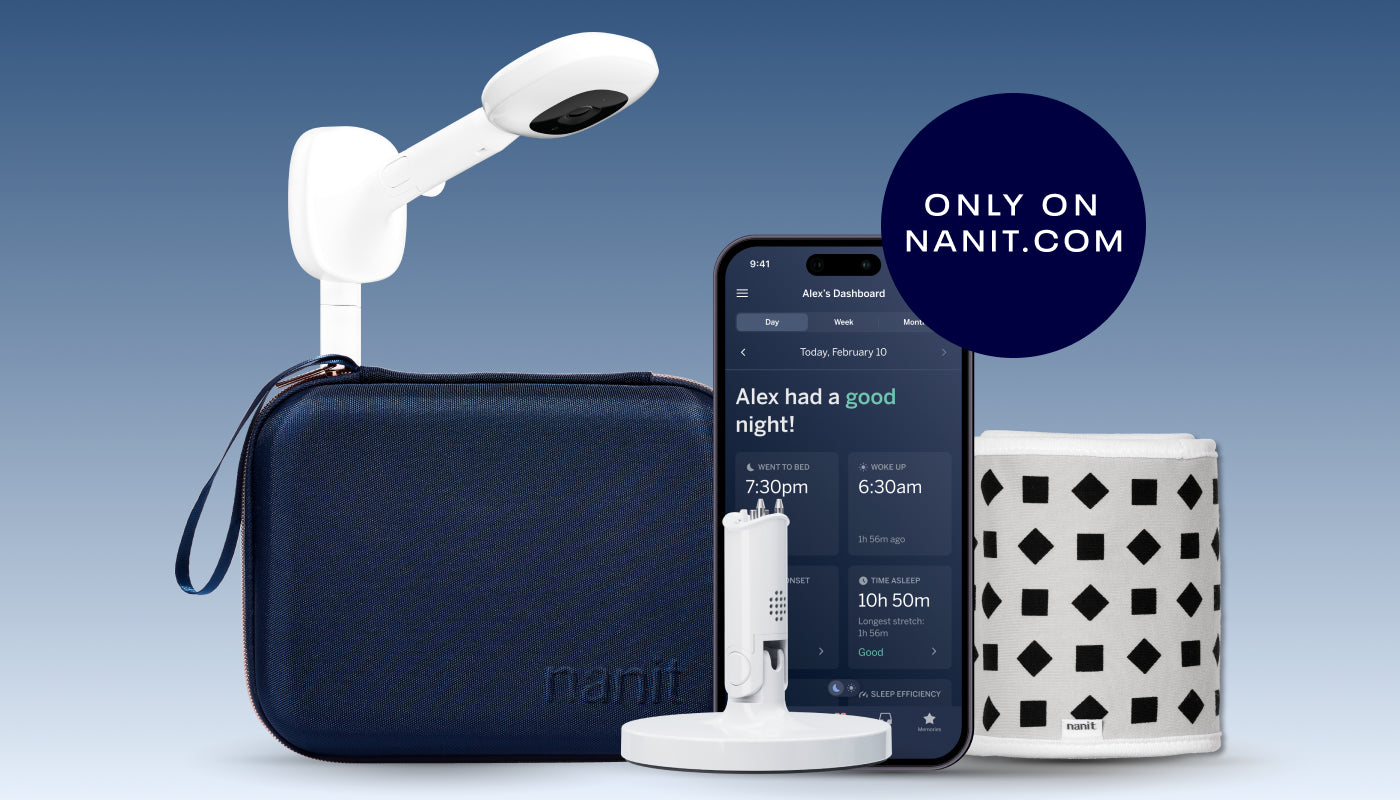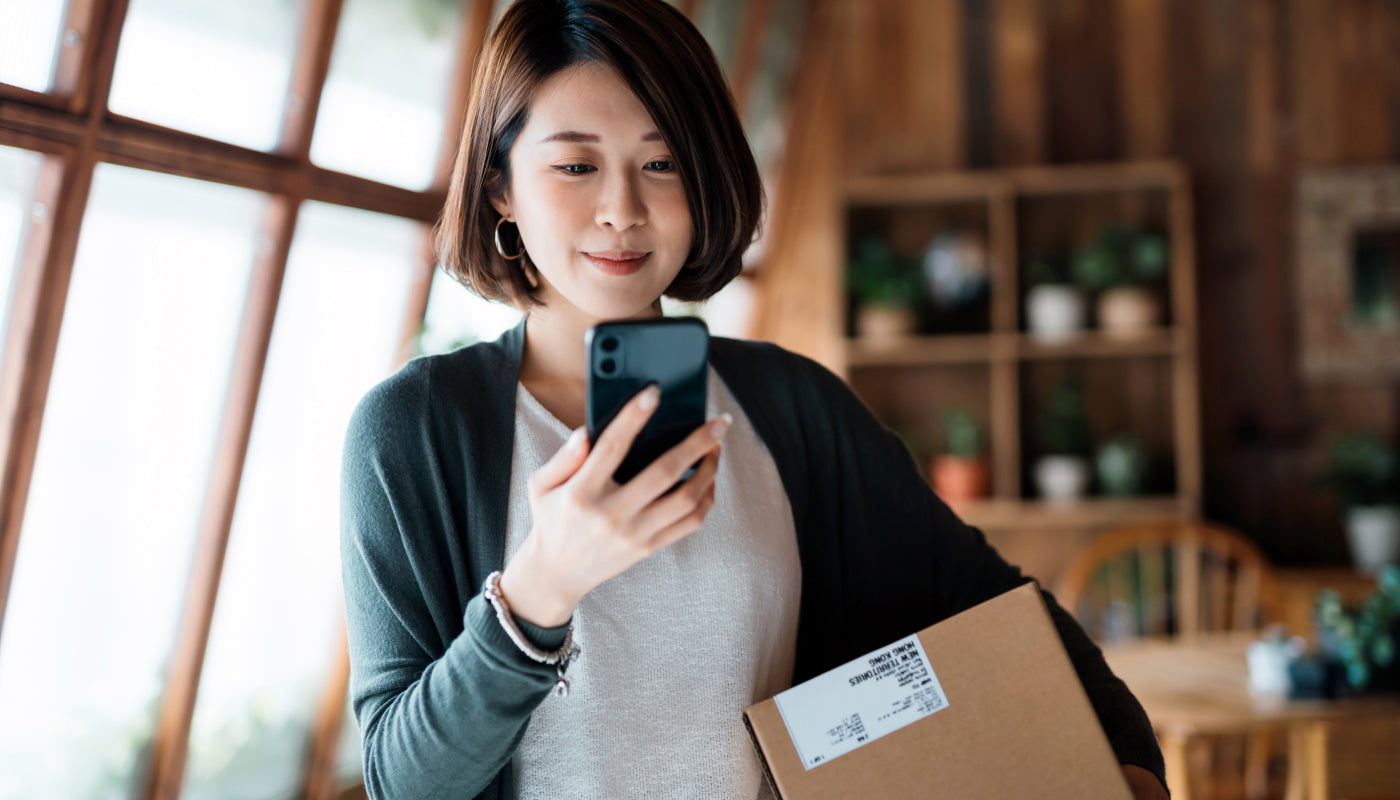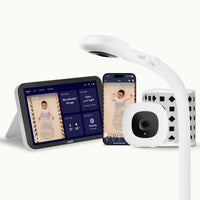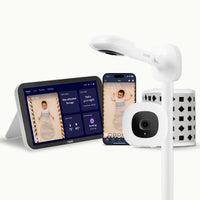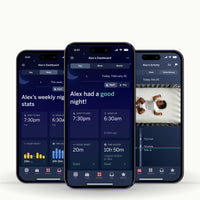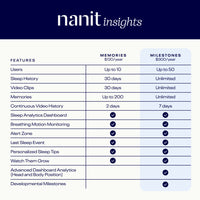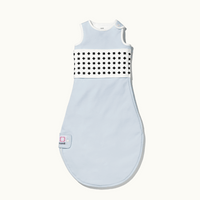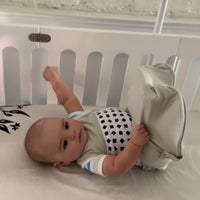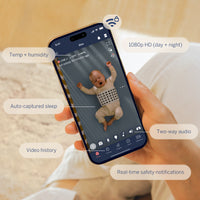Natalie Barnett, Assaf Glazer, Tor Ivry, Yanai Ankri and Haviva Veler.
Presented at the conference of the European Sleep and Breathing Society, April 2019
Introduction
Polysomnography (PSG) is the gold standard of laboratory sleep measurement. The actigraph is a tool validated for in-home measurement of sleep/wake (S/W) states. Nanit has developed a camera system with a computerized procedure of machine learning, which can identify S/W states without the need to attach a device to a child.
Objective
To determine the reliability and validity of the camera system compared to PSG and actigraphy.
Methods
Infants aged 0-24 months undergoing overnight clinical PSG in an Accredited Pediatric Sleep Laboratory were recruited. Excluded were infants with significant morbidity or therapy (e.g., supplemental oxygen or CPAP). Each infant wore an actigraph on their ankle and had a camera mounted on the crib for the duration of the PSG. Each method recorded in 30-second epochs. Actigraphy was analyzed using the Sadeh algorithm and the video was analyzed using proprietary algorithms (6337 30-second epochs). The results of the PSG were considered as the ‘ground truth’ and each epoch of the PSG was compared to corresponding epochs from the camera and actigraph for S/W states.
Results
Seven infants were recruited. Compared to PSG, the sensitivity for predicting S/W states was 75.2% for the camera and 73.3% for the actigraph. The specificity was 89.1% for the camera and 87.9% for the actigraph. The overall accuracy was 76.6% for the camera and 74.8% for the actigraph.
Conclusion
The camera system can accurately predict S/W states and may be able to replace the actigraph for in-home sleep monitoring.
Support:
This study was funded by Nanit, Inc. Natalie Barnett and Haviva Veler serve as consultants for Nanit. Assaf Glazer, Tor Ivry, Yanai Ankri are employees of Nanit.
About the researchers
The authors include Natalie Barnett, Assaf Glazer, Tor Ivry, Yanai Ankri and Haviva Veler.

- Dr. Natalie Barnett serves as VP of Clinical Research at Nanit. Natalie initiated sleep research collaborations at Nanit and in her current role, Natalie oversees collaborations with researchers at hospitals and universities around the world who use the Nanit camera to better understand pediatric sleep and leads the internal sleep and development research programs at Nanit. Natalie holds a Ph.D. in Genetics from the University of New England in Australia and a Postgraduate Certificate in Pediatric Sleep Science from the University of Western Australia. Natalie was an Assistant Professor in the Neurogenetics Unit at NYU School of Medicine prior to joining Nanit. Natalie is also the voice of Nanit's science-backed, personalized sleep tips delivered to users throughout their baby's first few years.
